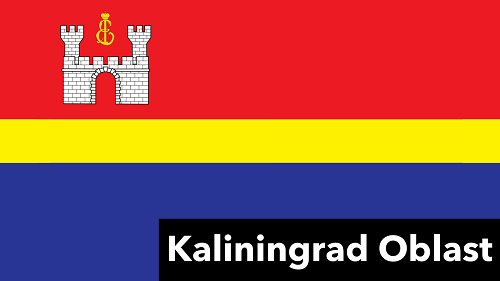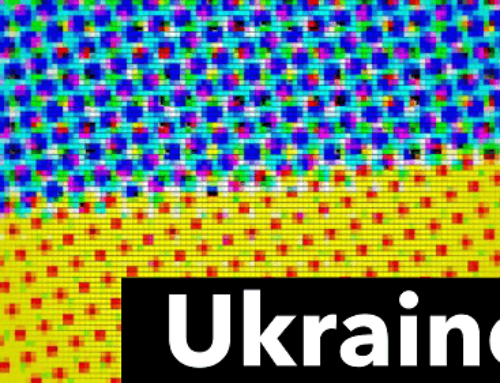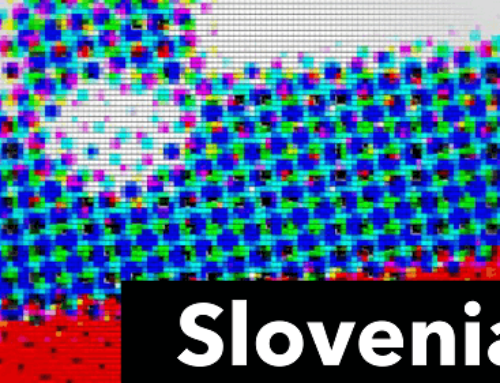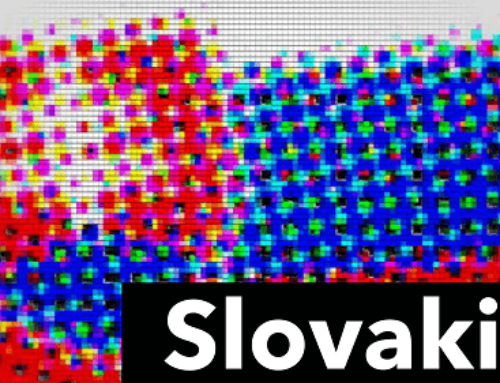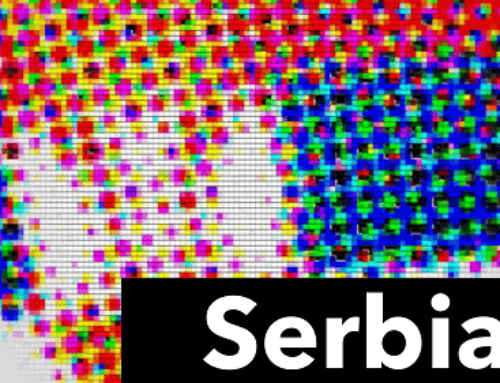Kaliningrad Oblast is the westernmost and smallest region of the Russian Federation. With almost a million inhabitants, Kaliningrad, in contrast to the other Russian federal subjects, is territorially separated from Russia: the area is located on the Baltic Sea next to Poland + Lithuania. The following report gives an insight into the political and economic structures of Kaliningrad.
History
Since 1946 the area has been called the Kaliningrad Region as part of the Russian Socialist Federal Soviet Republic. After the Second World War, however, the area developed only slowly – because of the region remaining a restricted military area. After the collapse of the Soviet Union in the 1990s, Kaliningrad Oblast remained a separate exclave from Russia (Lithuania was already established as an independent state). Henceforth, the area is in great political and economic dependence on Russia – Russia continues to hold the central government in Moscow. However, in recent years there has been an ever-increasing desire for separation from the population, especially since the area – due to its location – is more oriented towards the rest of Europe. Demonstrations and large opposition movements are formed, which express their European aspirations. However, Russia has repeatedly reacted to this with harsh political measures in order to retain ‘control’. [1]
Political composition
Russia – The Russian Federation – consists of a group of states with a central government in Moscow: in total, Russia consists of 85 federal subjects. These include 22 republics with their own constitution and legislation, 9 regions and 46 oblasts, including Kaliningrad Oblast. Kaliningrad is in turn divided into 13 districts and 9 urban districts. The city of Kaliningrad (formerly “Königsberg”) forms the administrative center. The official language is Russian.
The current governor of Kaliningrad is Anton Alikhanov, who has been in office since 2016. This is the seventh governor since the formation of the Russian Federation. Although the oblast has its own parliament, the same political forces are represented as in the Russian parliament (“Duma”). In addition, the acting governor is always appointed by Moscow. The oblast also relies on the central government for policy-making, as most decisions are made at the central level. [2]
Economic features
Since 1996, the Kaliningrad Oblast has had the status of a special economic zone, which should last until 2045 in order to create a better (economic) connection to Europe. The privileges of such a zone are duty-free export of processed goods and a reduced property tax rate, making the area particularly attractive for foreign investment. For a long time, these provisions enabled a major economic upswing: GDP growth of 10%, well-developed infrastructure and a generally increasing quality of life. Today, however, free tariffs only apply to certain companies, investments are declining, and Russia’s foreign policy is impeding regional economic development. Being part of the Russian Federation, the official currency is the Russian ruble. [3]
Christine Tapler

